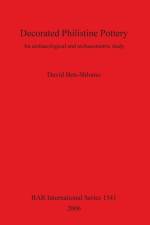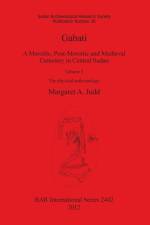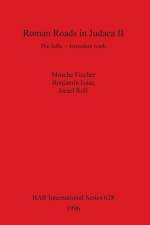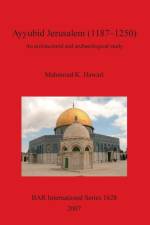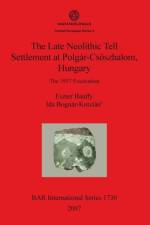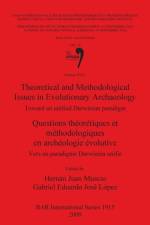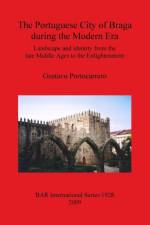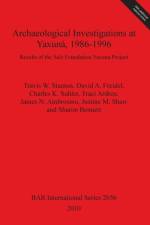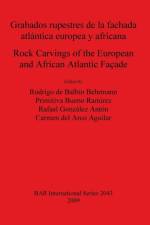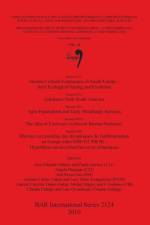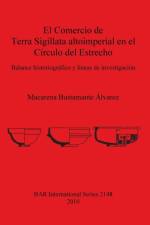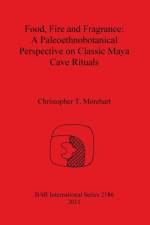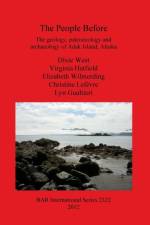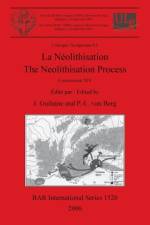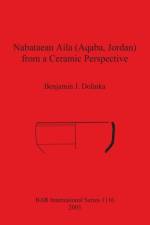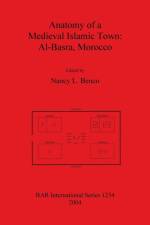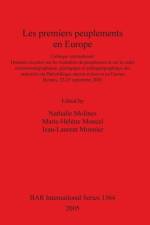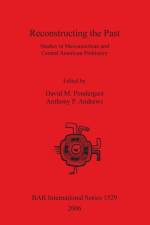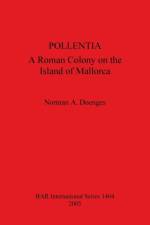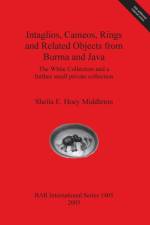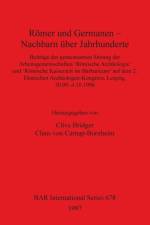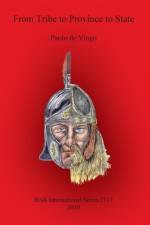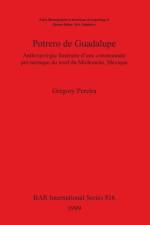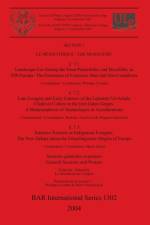- Department of Archaeology and Anthropology University of Cambridge 2010
829
Papers presented at the Twelfth Annual Conference of the British Association for Biological Anthropology and Osteoarchaeology held in Cambridge, September 2010. Contents: Introduction (Mitchell and Buckberry); 1) Human Evolution after the Origin of our Species: Bridging the gap between Palaeoanthropology and Bioarchaeology (Stock); 2) Sexual Dimorphism in Adult Skeletal Remains at Ban Non Wat, Thailand, during the Intensification of Agriculture in Early Prehistoric Southeast Asia (Clark, Tayles and Halcrow); 3) The Bioarchaeology of Agriculture in the Southern Levant: A Comparative Study of Epipaleolithic Hunter-Gatherers and Bronze Age Agriculturalists (Gasperetti); 4) Where Have we Been, Where Are we Now, and What Does the Future Hold? Palaeopathology in the UK over the Last 30 Years, with a Few Bees in my Bonnet (Roberts); 5) The Paleoparasitology of 17th-18th Century Spitalfields in London (Anastasiou, Mitchell and Jeffries); 6) Integrated Strategies for the use of Lipid Biomarkers in the Diagnosis of Ancient Mycobacterial Disease (Lee, Bull, Molnar, Marcsick, Palfi, Donoghue, Besra and Minnikin); 7) A Comparative Study of Markers of Occupational Stress in Coastal Fishers and Inland Agriculturalists from Northern Chile (Ponce); 8) The Human Remains from the Medieval Islamic Cemetery of Can Fonoll, Ibiza, Spain: Preliminary Results (Kyriakou, Marquez-Grant, Langstaff, Samuels, Pacelli, Castro, Roig and Kranioti); 9) A New Known Age and Sex Collection at the Natural History Museum, London (Delbarre, Clegg, Kruszynski and Bonney); 10) Implementation of Preliminary Digital Radiographic Examination in the Confines of the Crypt of St Bride's Church, Fleet Street, London (Bekvalac); 11) A Revised Method for Assessing Tooth Wear in the Deciduous Dentition (Clement and Freyne); 12) A Study of Interobserver Variation in Cranial Measurements and the Resulting Consequences when Analysed using CranID (Slater and Smith); 13) Early Bronze Age Busta in Cambridgeshire? On-Site Experiments to Investigate the Effects of Fires and Pyres on Pits (Dodwell); 14) Archaeological Insights into the Disarticulation Pattern of a Human Body in a Sitting/Squatting Position (Gerdau Radonic); 15) Mortuary Practices at Aztalan: A Reappraisal of an Elite Burial at a Middle Mississippian Site in the Western Great Lakes Region of the Midwestern United States (Sullivan and Rodell); 16) Stature of Burials Interred with Weapons in Early Medieval England (Mays); The Uses of Field Anthropology on the Excavation of the St-Rumbold Cemetery, Mechelen, Belgium (Van de Vijver ).

